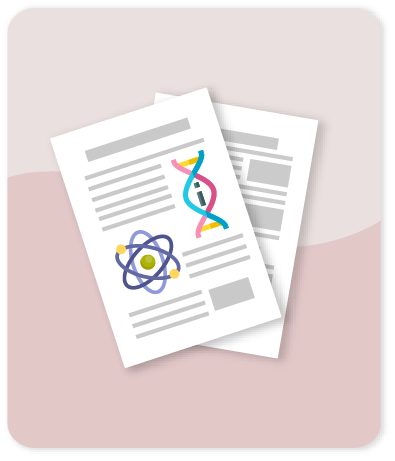Analysis of light propagation in quasiregular and hybrid Rudin–Shapiro one-dimensional photonic crystals with superconducting layers

Compartir este ítem
Fecha
2017Autor
Gómez-Urrea H.A.
Escorcia-García J.
Duque C.A.
Mora-Ramos M.E.
Facultad de Facultad de Ciencias Básicas, Universidad de Medellín, Medellín, Colombia
CONACYT-CINVESTAV del IPN, Unidad Saltillo, Av. Industria Metalúrgica 1062, Parque Industrial, Ramos Arizpe, Mexico
Grupo de Materia Condensada-UdeA, Instituto de Física, Facultad de Ciencias Exactas y Naturales, Universidad de Antioquia UdeA, Calle 70 No. 52-21, Medellín, Colombia
Centro de Investigación en Ciencias-IICBA, Universidad Autónoma del Estado de Morelos, Av. Universidad 1001, CP 62209 Cuernavaca, Morelos, Mexico
Citación
Metadatos
Mostrar el registro completo del ítemResumen
The transmittance spectrum of a one-dimensional hybrid photonic crystal built from the suitable arrangement of periodic and quasiregular Rudin–Shapiro heterolayers that include superconducting slabs is investigated. The four-layer Rudin–Shapiro structure is designed with three lossless dielectric layers and a low-temperature superconductor one. The dielectric function of the superconducting layer is modeled by the two-fluid Gorter–Casimir theory, and the transmittance is calculated with the use of the transfer matrix method. The obtained results reveal the presence of a cut-off frequency fc – a forbidden frequency band for propagation – that can be manipulated by changing the width of the superconducting layer, the temperature and the order of the Rudin–Shapiro sequence. In addition, the spatial distribution of the electric field amplitude for the propagating TM modes is also discussed. It is found that the maximum of localized electric field relative intensity – which reaches a value of several tens – corresponds to the frequency values above to the cut-off frequency, at which, the effective dielectric function of the hybrid unit cell becomes zero. The proposed structure could be another possible system for optical device design for temperature-dependent optical devices such as stop-band filters, or as bolometers. © 2017 Elsevier B.V.
Colecciones
- Indexados Scopus [1632]
